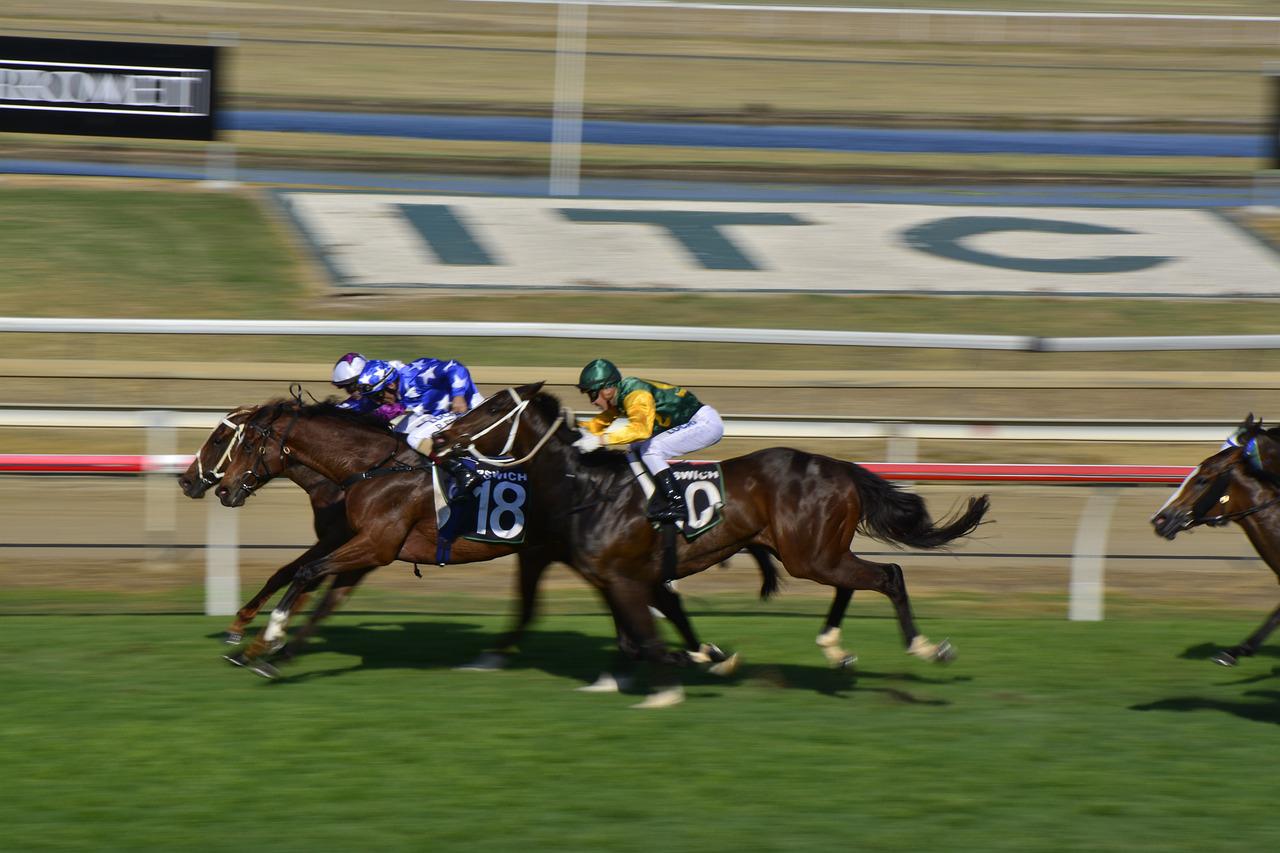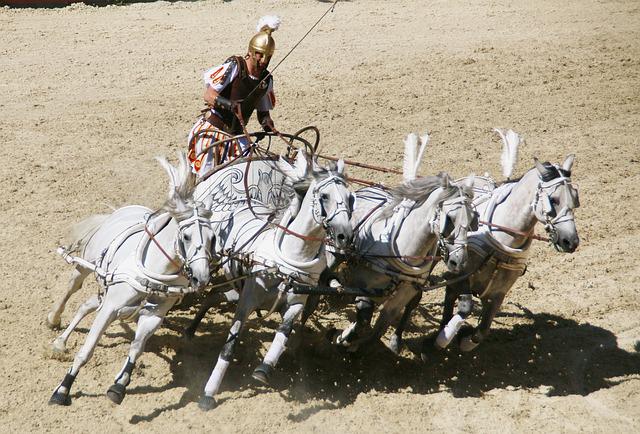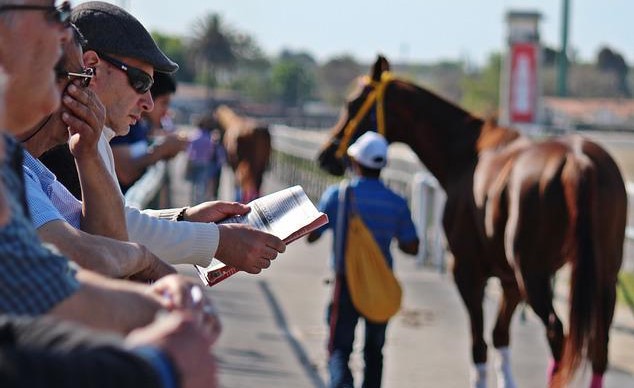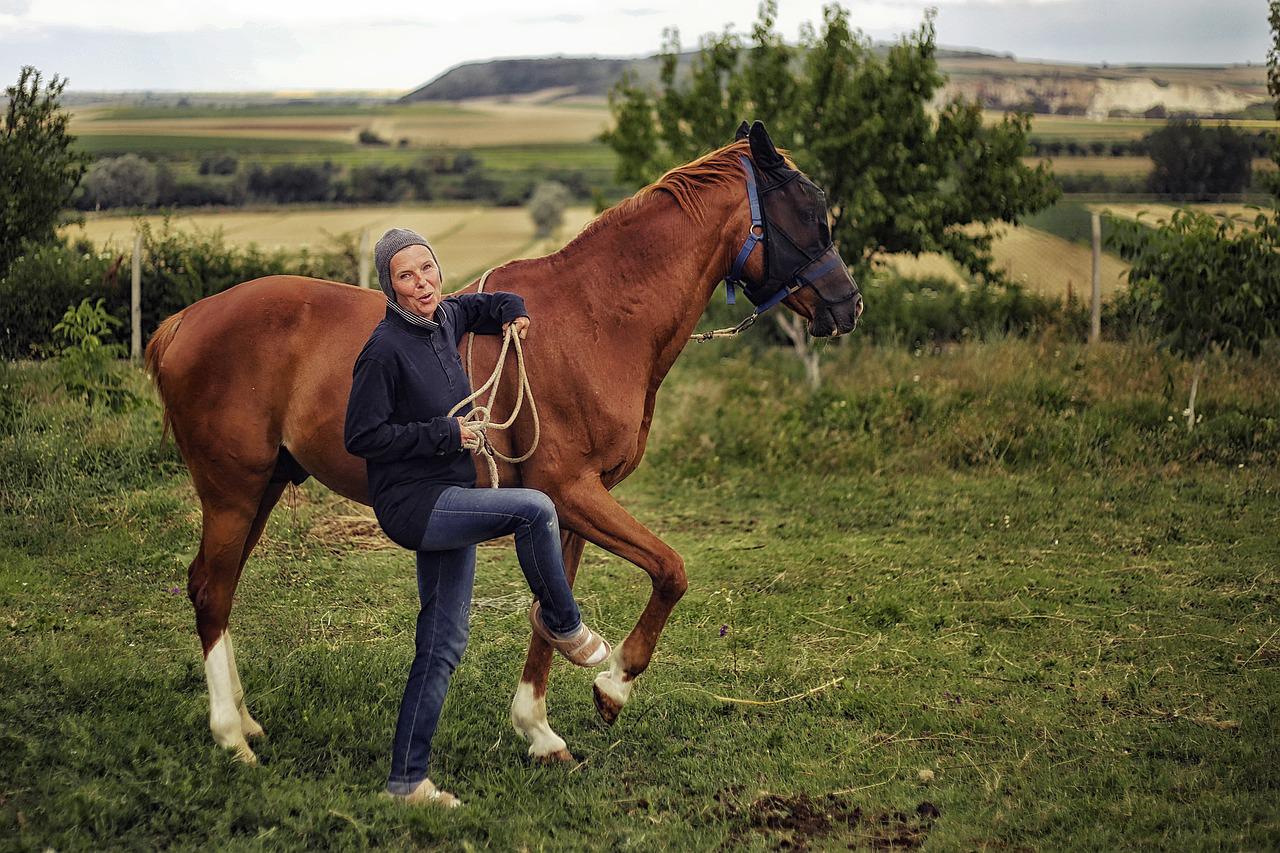
The answer to the question “Can you train your own horse?” is definitely yes—but it’s important to understand the skills and experience needed to do so effectively. A well-trained horse is a joy to ride, but a poorly trained one will lead to accidents and injury for both you and your horse. So, if you’ve decided that training your own horse is best for your situation, here are a few things I’d recommend keeping in mind.
You should know what you’re doing
You should have some experience with horses and with training horses. You should also know what you’re doing when it comes to working with your horse on your own.
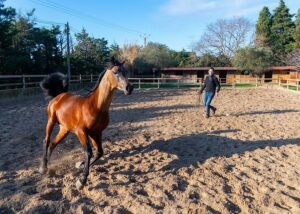
When you’ve been around horses long enough and have studied them, you’ll start to see patterns in their behaviour. You’ll be able to identify what certain signals mean and how they want to be treated. When you know these things, it’s easier for you to work out problems that might come up during the training process.
Riding a horse involves coordination between two beings—you being one of them—and understanding how both of those beings think and feel will help keep the ride safe for everyone involved!
You need to be confident in what you’re trying to do
Whether you’re a first-time owner or an experienced horse person, you need to be confident in what you’re trying to do.
Confidence is important because it affects your ability to communicate with your horse and give the right commands. Your horse will respond better if he feels like he’s being talked to rather than shouted at. If he senses that there’s genuine concern for him on your part, then he’ll be more likely not only to listen but also enjoy himself while learning new things.
You need a well-trained horse to start with
If you’re just starting out with horseback riding, it’s important to remember that you’ll need a trained horse before you can begin your training. This means that while there are many benefits to working with an experienced trainer, it’s also possible to train your own horse on your own if you have the time and skills necessary.
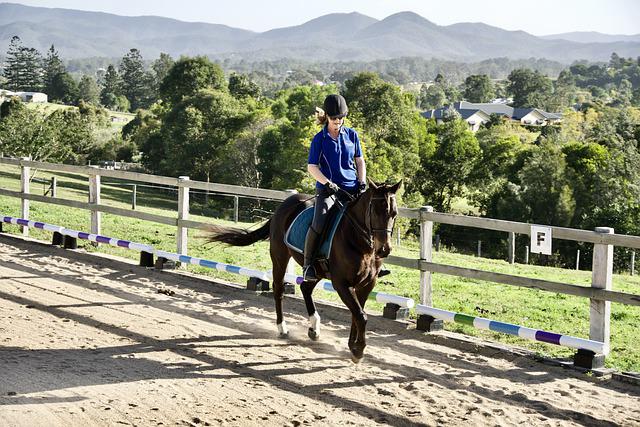
You are not alone, and you can and should ask for help
Do you need to work on your horsemanship skills? There are a lot of ways to teach yourself. You can learn from other people, from books, from videos, or even online courses. But if you’re really struggling with something, or if you just want another set of eyes on the situation that’s when getting outside help is invaluable.
Get a friend who has experience training horses to take a look at what’s going on in your training sessions. Another option is hiring someone as an instructor or trainer.

